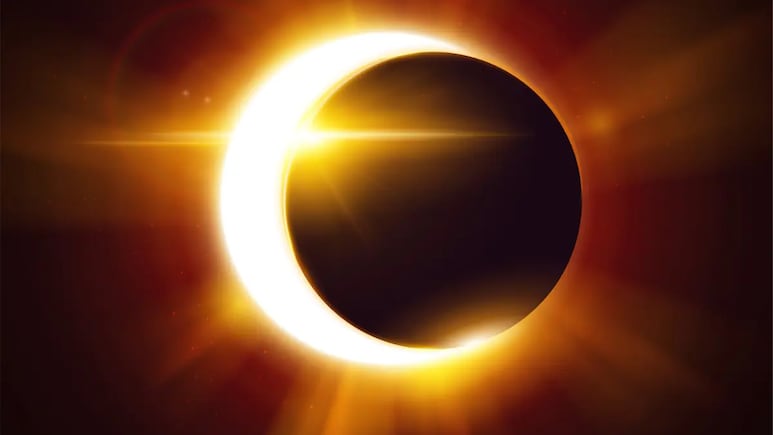
A solar eclipse occurs when the Moon moves between the Earth and the Sun, blocking some or all of the Sun's light. Today, skygazers will witness the last solar eclipse of the year, a partial solar eclipse. Unlike a total eclipse, where the Sun is completely covered, this time the Moon will hide only part of the Sun, creating stunning views like a crescent-shaped Sun. Although this phenomenon won't be visible from India, students can still learn interesting facts about it.
10 Key Facts About the 2025 Solar Eclipse Students Must Know
1. What It Is: A solar eclipse happens when the Moon passes directly between Earth and the Sun.
Example: It's like holding your hand in front of a torchlight-your shadow blocks the light.
2. Type of Eclipse: The September 21 event is a partial solar eclipse, meaning only part of the Sun will be covered.
3. Solar Eclipse in India: It won't be visible in India. India's geographical location is outside the eclipse's path of visibility.
4. Best Viewing Regions: It can be seen from Australia, Antarctica, the Pacific Ocean, and the Atlantic Ocean.
5. Maximum Obscuration: In some areas of New Zealand and Antarctica, up to 85.5% of the Sun's disk will be hidden.
6. Timings: The eclipse will occur between 17:29 and 21:53 UTC (10:59 p.m.-3:23 a.m. IST), as per Forbes.
7. Live Streaming: TimeAndDate.com will stream the eclipse live from Dunedin, New Zealand, where the eclipsed Sun will rise at 6:27 a.m. NZST on September 22.
8. Future Eclipses: The next solar eclipses will occur on February 17 and August 12, 2026, though not visible from India.
9. When India Sees Next: India will witness its next solar eclipse in August 2027.
10. Safety Tip: Never look directly at the Sun with bare eyes-special eclipse glasses or filters are required.
